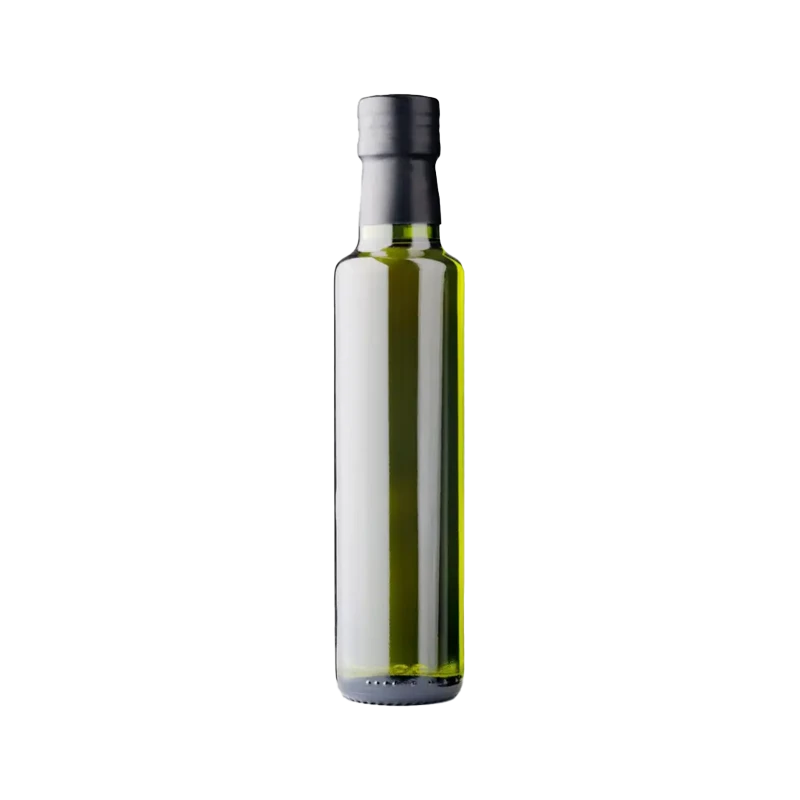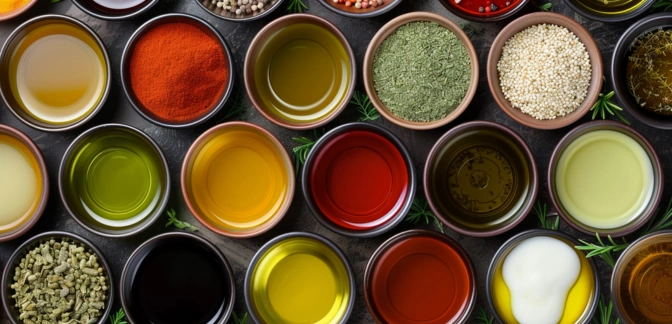Olive Oil — Nutrients, Health Benefits, And Shopping Tips

Written by Listonic Team
Last update on September 4, 2024
Nutrition facts
Nutrition facts
Amount per 100 g
Calories
🔥 884 kcal
| Nutrition per: 100 g | Value | % Daily Value* |
|---|---|---|
| Carbs | 0 g | - |
| Fiber | 0 g | - |
| Sugars | 0 g | - |
| Glycemic Index | 0 | - |
| Protein | 0 g | - |
| Sodium | 1 mg | 0.04% |
| Total Fat | 100 g | 128.21% |
*The % of Daily Value (DV) tells you how much a nutrient in a serving of food contributes to a daily diet. 2,000 calories a day is used for general nutrition advice.
Did you know?
Health benefits
- Rich in monounsaturated fats, which support heart health and reduce inflammation.
- Contains antioxidants such as polyphenols, which help protect the body from free radicals and reduce inflammation.
- Supports brain health due to its high content of healthy fats and antioxidants.
- May help regulate blood sugar levels and improve insulin sensitivity.
- Promotes skin health when used topically, providing moisture and reducing inflammation.
Health risks
- High calorie content which can contribute to weight gain if consumed in large quantities or frequently in cooking.
- Risk of oxidation particularly in extra virgin olive oil, which is prone to becoming rancid when exposed to heat, light, or air, producing harmful compounds that may contribute to long-term health risks.
- Potential for allergic reactions though rare, some individuals may be allergic to olives or olive oil, causing symptoms like itching, swelling, or difficulty breathing.
- Environmental concerns related to the sustainability of olive farming and its impact on ecosystems if not sourced from responsible producers.
How to choose olive oil
Choose olive oil that is sold in dark glass bottles to protect it from light, which can degrade its quality. The oil should be a vibrant green to golden yellow color, indicating good quality.
Avoid olive oil that smells like putty or has a greasy texture, as these are signs it has oxidized. Cloudy olive oil or bottles with sediment at the bottom should be avoided, as these characteristics often indicate improper storage or aging.

How to store olive oil
Olive oil should be stored in a cool, dark place, such as a pantry or cupboard. A tightly sealed bottle helps maintain its flavor and quality. Properly stored, olive oil can last up to two years.
Exposure to heat and light can cause olive oil to degrade and lose its nutritional value. Avoid storing it near windows or heat sources. Use a dark-colored bottle to protect it from light and ensure it remains fresh.
✅ Extra Tip
How long does it last?
Olive oil can last for 1-2 years when stored in a cool, dark place. Once opened, it is best to consume it within 6-12 months for optimal quality.
What to do with leftovers?
Leftover olive oil can be used in a variety of culinary and non-culinary ways. In the kitchen, olive oil is a staple for cooking, drizzling, and dressing. It’s perfect for sautéing vegetables, grilling meats, or making salad dressings and marinades. Olive oil can also be used to add richness to sauces and dips.
Beyond cooking, olive oil has numerous uses in personal care and household applications. It can be used as a natural moisturizer for the skin, helping to hydrate and soothe dryness. Olive oil can also be used as a hair treatment to add shine and reduce frizz or as a makeup remover. Additionally, olive oil is great for conditioning wooden furniture and cutting boards, helping to maintain their appearance and durability. It can also be used to polish stainless steel and other metal surfaces, leaving them shiny and free of fingerprints.
👨⚕️️ Medical disclaimer
Discover products from other categories
Listonic Team
Fact-checked
Our editorial team checked this article to make sure it was accurate at the time of publishing it.
Get the top-rated shopping list app

olive oil
1 piece







